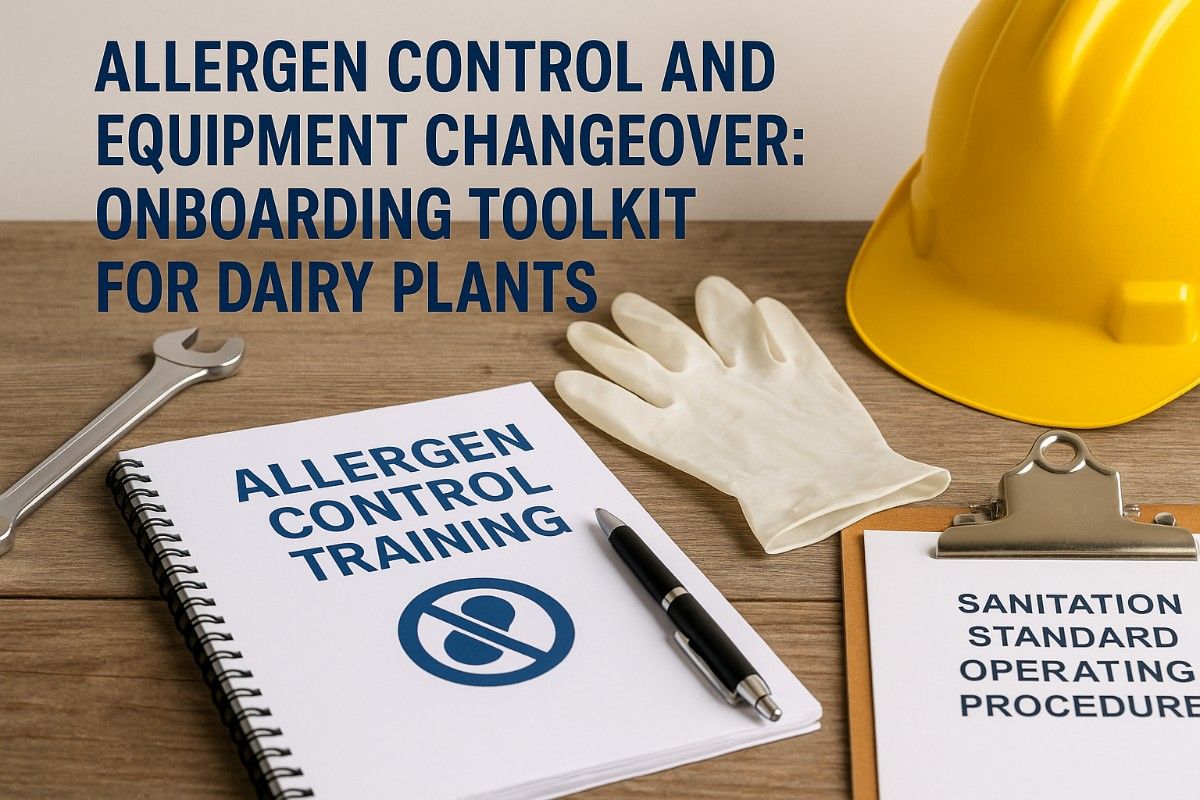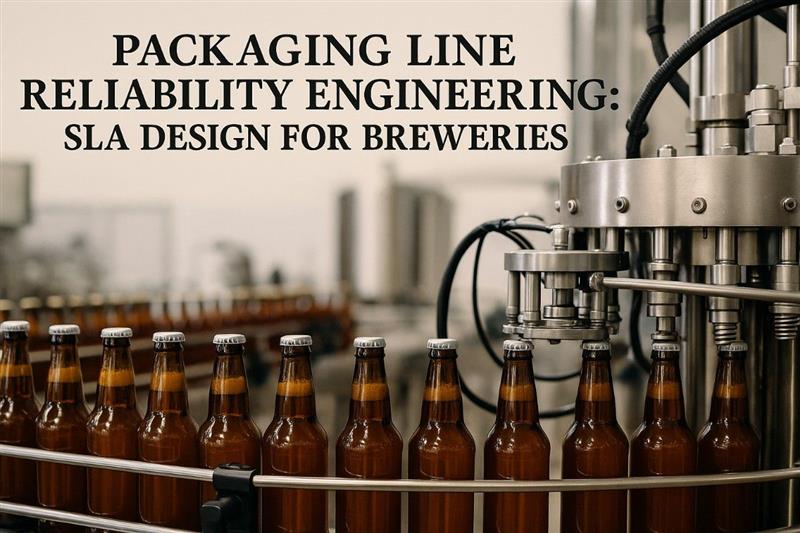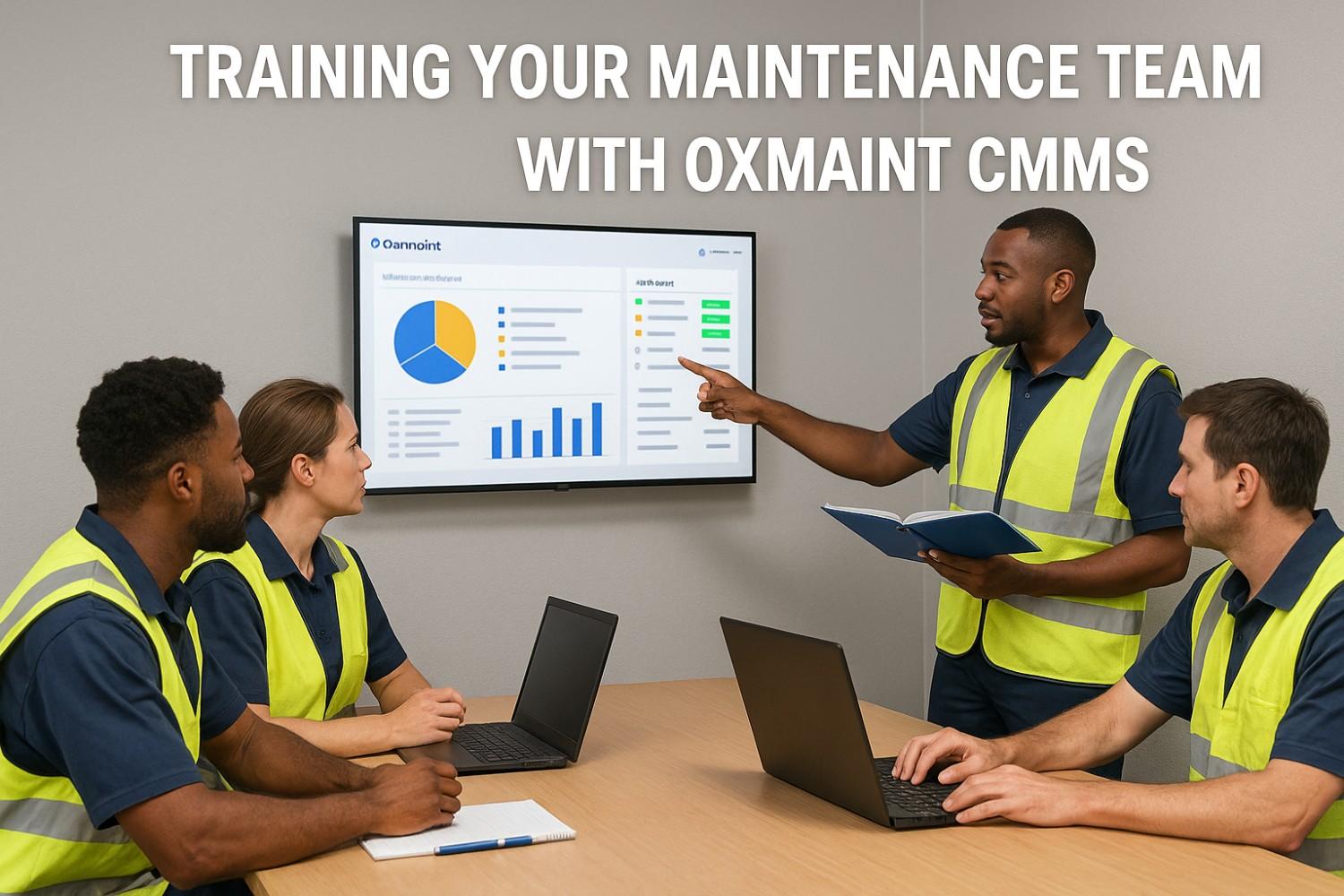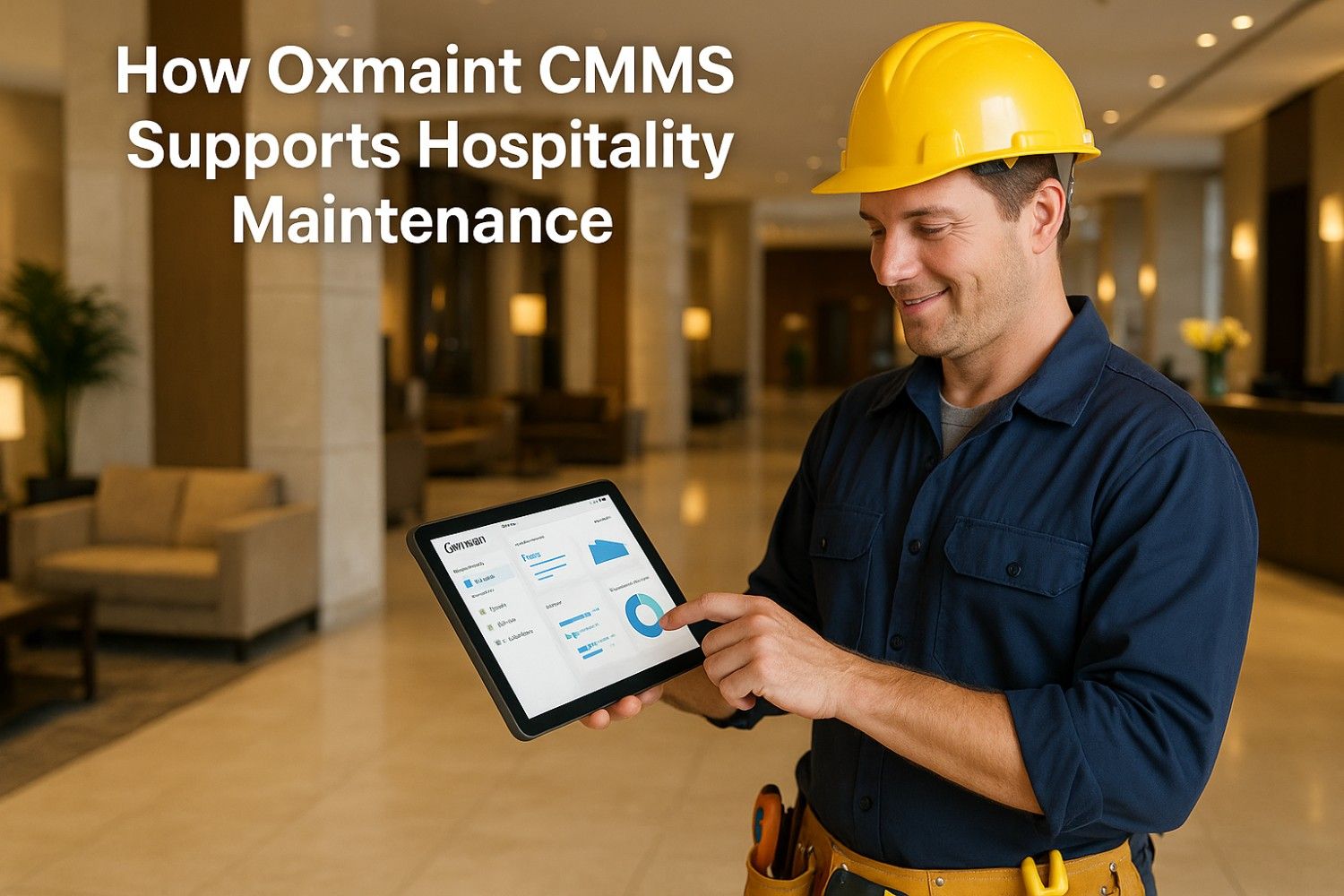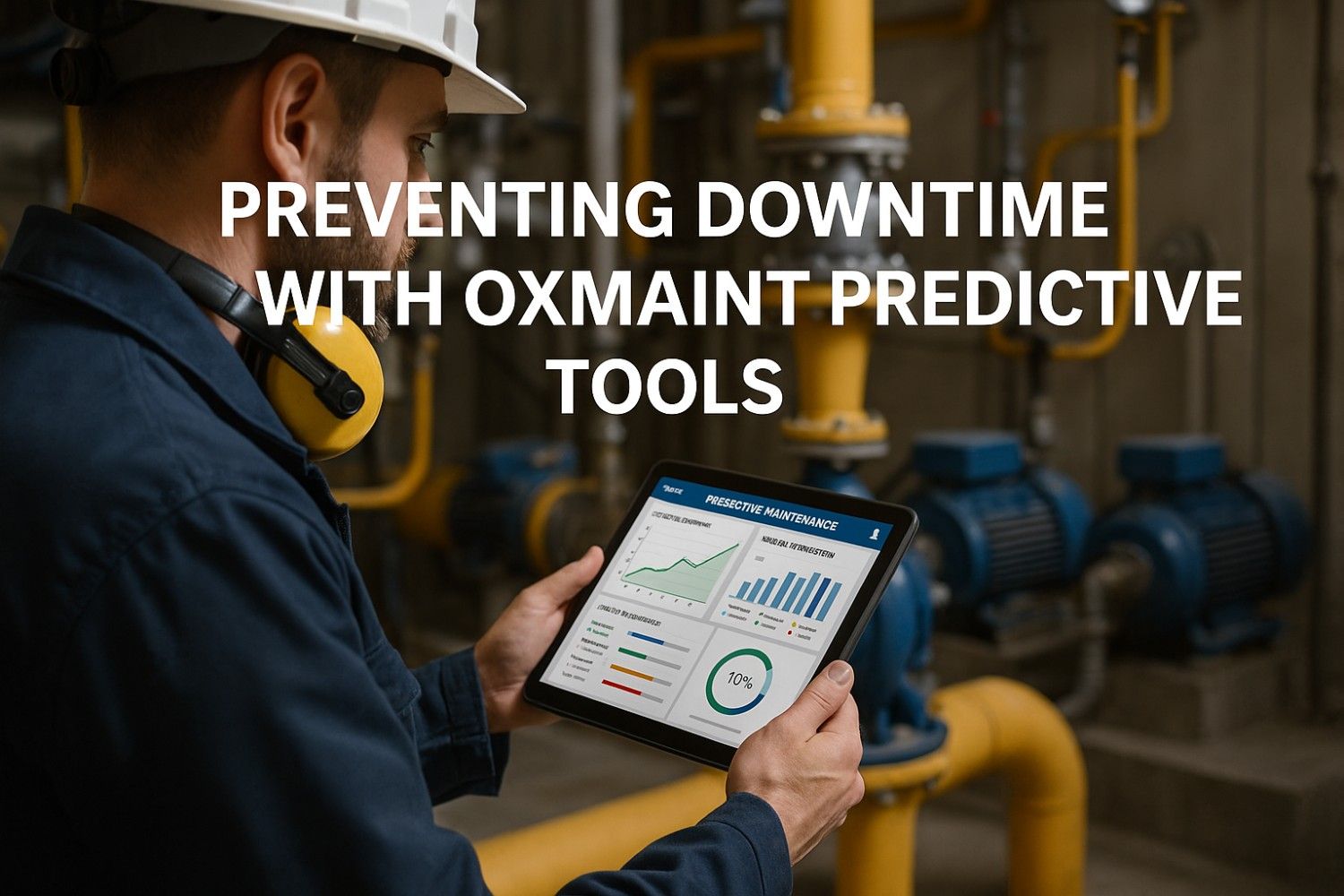The FDA inspector's words echo through the conference room: "Your allergen control documentation doesn't match your actual practicesthis facility is receiving a Warning Letter." Three weeks later, the Class I recall announcement hits: 2.8 million units of "dairy-free" yogurt contaminated with milk protein, $12 million in direct costs, and a brand reputation built over 40 years destroyed in 72 hours. The root cause? A single missed cleaning verification on Line 3 during a product changeover—undocumented, unverified, and now catastrophically consequential.
Across American dairy manufacturing, this scenario represents the ultimate operational nightmare—allergen cross-contamination events that transform profitable facilities into regulatory targets overnight. FDA data reveals allergen-related recalls increased 24% in 2024, with dairy facilities accounting for 31% of all food allergen enforcement actions. Yet facilities implementing comprehensive digital allergen control programs with work order automation achieve 94-99% changeover verification compliance while reducing cross-contamination incidents by 87-96%.
The transformation from paper-based allergen management to intelligent digital control systems requires more than technology deployment—it demands systematic onboarding frameworks that embed allergen awareness into every operator action, create audit trails satisfying FDA scrutiny, and leverage AI analytics to identify risks before they become recalls. This toolkit provides the roadmap for dairy plants ready to eliminate allergen liability while improving changeover efficiency by 30-45%.
Stop Gambling with $12 Million Recall Risk
Every unverified changeover is a regulatory time bomb. See how leading dairy plants achieve 99% verification compliance with digital allergen control toolkits that create instant audit-ready documentation.
The Allergen Control Imperative: Why Dairy Plants Face Unique Challenges
Dairy manufacturing presents the most complex allergen control environment in food production. Unlike single-allergen facilities, dairy plants routinely process multiple major allergens—milk proteins, soy lecithin, wheat-based stabilizers, egg ingredients, and increasingly, tree nut flavorings—across shared equipment requiring rigorous changeover protocols that traditional paper systems simply cannot verify reliably.
The regulatory framework governing dairy allergen control has intensified dramatically. FSMA's Preventive Controls Rule mandates documented allergen management programs with verified cleaning validation, while FALCPA requires accurate allergen labeling backed by demonstrable cross-contamination prevention. FDA inspectors now arrive with specific questions about changeover verification methods, cleaning validation data, and audit trail integrity—questions that paper-based systems answer poorly.
Traditional Paper-Based Control
- Operator completes checklist after cleaning
- No verification of actual cleaning effectiveness
- Documentation filed, rarely reviewed
- Errors discovered during FDA inspection
- 30-40% of changeovers have documentation gaps
- Average recall cost: $10-30 million
Digital Allergen Control System
- Real-time verification at each cleaning step
- ATP + allergen swab results integrated automatically
- Instant compliance logs with timestamps
- Exceptions flagged before production restart
- 99%+ changeover verification compliance
- 87-96% reduction in cross-contamination
Understanding these challenges reveals why digital transformation isn't optional—it's survival. Facilities maintaining paper-based allergen programs face regulatory exposure that threatens operating licenses, while competitors implementing Oxmaint CMMS and mobile inspections build competitive advantages through demonstrated food safety excellence and food & beverage manufacturing compliance requirements.
Changeover Protocol Framework: Risk-Based Approach
Effective allergen changeover management requires risk stratification that allocates cleaning intensity and verification resources based on actual cross-contamination probability. Not all product transitions carry equal risk—same-allergen-profile changes require fundamentally different protocols than critical allergen-to-allergen-free transitions that could trigger consumer harm and regulatory action.
The risk-based framework integrates three dimensions: allergen severity (milk proteins vs. tree nuts carry different consequence profiles), transition complexity (simple flavor changes vs. complete allergen removal), and equipment design (CIP-accessible vs. manual-clean components). This framework enables intelligent spare parts planning ensuring verification supplies and cleaning tools never delay changeovers while maintaining food & beverage manufacturing CMMS best practices.
| Transition Category | Risk Score | Protocol Level | Verification Stack | Time Window |
|---|---|---|---|---|
| Same Allergen Profile (Flavor Change) | Low (1-2) | Standard CIP | Visual + ATP | 45-60 min |
| Milk-Containing → Reduced Milk | Medium (3-4) | Enhanced CIP | Visual + ATP + Protein Swab | 60-80 min |
| Full Dairy → Dairy-Free Claim | Critical (8-10) | Full Teardown + Manual | ATP + ELISA + Lab Verification | 120-180 min |
| Tree Nut → Nut-Free Production | Critical (9-10) | Dedicated Line Preferred | Multi-point ELISA + Visual | 180-240 min |
| Egg-Containing → Egg-Free | High (6-7) | Enhanced CIP + Hot Flush | ATP + Allergen Lateral Flow | 75-100 min |
| Gluten-Containing → Gluten-Free (<20ppm) | Critical (8-10) | Full Disassembly + Sanitize | Gluten ELISA (<20ppm verified) | 150-240 min |
The Onboarding Toolkit: Seven Pillars of Allergen Control Excellence
Building a comprehensive allergen control program requires systematic development across seven interconnected pillars. Each pillar addresses specific control gaps while creating integration points that multiply effectiveness—digital SOPs inform work order automation, verification results feed compliance logs, and AI analytics identify improvement opportunities invisible to manual observation.
Risk Assessment Foundation
Comprehensive mapping of all allergen-containing ingredients, equipment contact surfaces, and product transition scenarios. Creates the data foundation for protocol development and mobile inspections prioritization.
Digital SOP Architecture
Equipment-specific cleaning procedures with photo documentation, video guidance, and verification checkpoints. Accessible via mobile devices with offline capability for production floor reliability.
Verification Technology Stack
Integrated ATP meters, allergen lateral flow devices, and ELISA testing protocols. Results automatically populate audit trails through Oxmaint CMMS integration—no manual data entry errors.
Work Order Automation Engine
Production schedule triggers automatic changeover work orders with pre-populated protocols, required verification steps, and hold-release controls preventing premature production restart.
Compliance Documentation System
Timestamped audit trails capturing every operator action, verification result, and exception resolution. FDA inspection-ready within seconds—not hours of file searching.
Operator Certification Program
Competency-based training with digital verification ensuring only qualified operators execute critical changeovers. Training records integrated with compliance logs for complete documentation.
Continuous Improvement Analytics
AI-powered analysis identifying changeover efficiency opportunities, verification failure patterns, and emerging risk indicators. Transforms reactive compliance into proactive food safety leadership.
Connected Sensor Integration: Real-Time Compliance Verification
The evolution from manual verification to connected sensor networks represents the next frontier in dairy allergen control. Connected sensors monitoring CIP parameters—temperature, flow rate, chemical concentration, cycle duration—provide objective verification that cleaning cycles achieved validated specifications, eliminating reliance on operator observation alone.
Sensor integration with Oxmaint CMMS creates closed-loop compliance systems where cleaning execution automatically generates verification records. Deviations from validated parameters trigger immediate alerts, preventing production restart until corrective actions complete. This preventive maintenance food & beverage manufacturing approach catches potential cross-contamination events before they occur rather than discovering them during post-production testing.
CIP Parameter Monitoring
Temperature, flow, concentration, and duration sensors verifying cleaning cycles meet validated specifications. Automatic compliance log generation.
Eliminates 78% of CIP-related verification failuresEnvironmental Monitoring
Ambient sensors detecting allergen particle presence in production areas. Early warning system for airborne cross-contamination risks.
Identifies contamination sources 4-6 hours earlierEquipment Surface Sensors
Contact sensors on critical equipment surfaces measuring residue levels continuously. Real-time verification without production interruption.
Reduces manual swabbing requirements by 60%Conclusion: Building Your Allergen Control Competitive Advantage
Allergen control excellence has evolved from regulatory burden to strategic differentiator. Dairy plants demonstrating verified changeover compliance attract premium retail partnerships, command consumer trust premiums, and operate without the existential threat of recall-driven destruction. The investment in comprehensive digital allergen control programs delivers returns far exceeding implementation costs through risk elimination, efficiency gains, and market positioning advantages.
The onboarding toolkit framework provides the systematic approach required for sustainable allergen control transformation. Seven integrated pillars—from risk assessment through continuous improvement analytics—create the foundation for 99%+ verification compliance while enabling 30-45% changeover efficiency improvements. Connected sensors and AI analytics extend these capabilities into predictive territory where cross-contamination risks are eliminated before they materialize.
Implementation success requires commitment to systematic deployment rather than technology-only approaches. The most successful dairy plants recognize that digital tools amplify organizational capability—they don't replace the cultural transformation that embeds allergen awareness into every operator decision. Training investments, leadership commitment, and sustained improvement focus distinguish allergen control leaders from facilities still gambling with paper-based compliance.
Your Next FDA Inspection Could Define Your Future
Every day without verified allergen controls is another day operating without the documentation that protects your facility, your brand, and your consumers. Leading dairy plants have already made the transition—implement your digital allergen control toolkit before the next inspector arrives asking questions your paper records can't answer.
